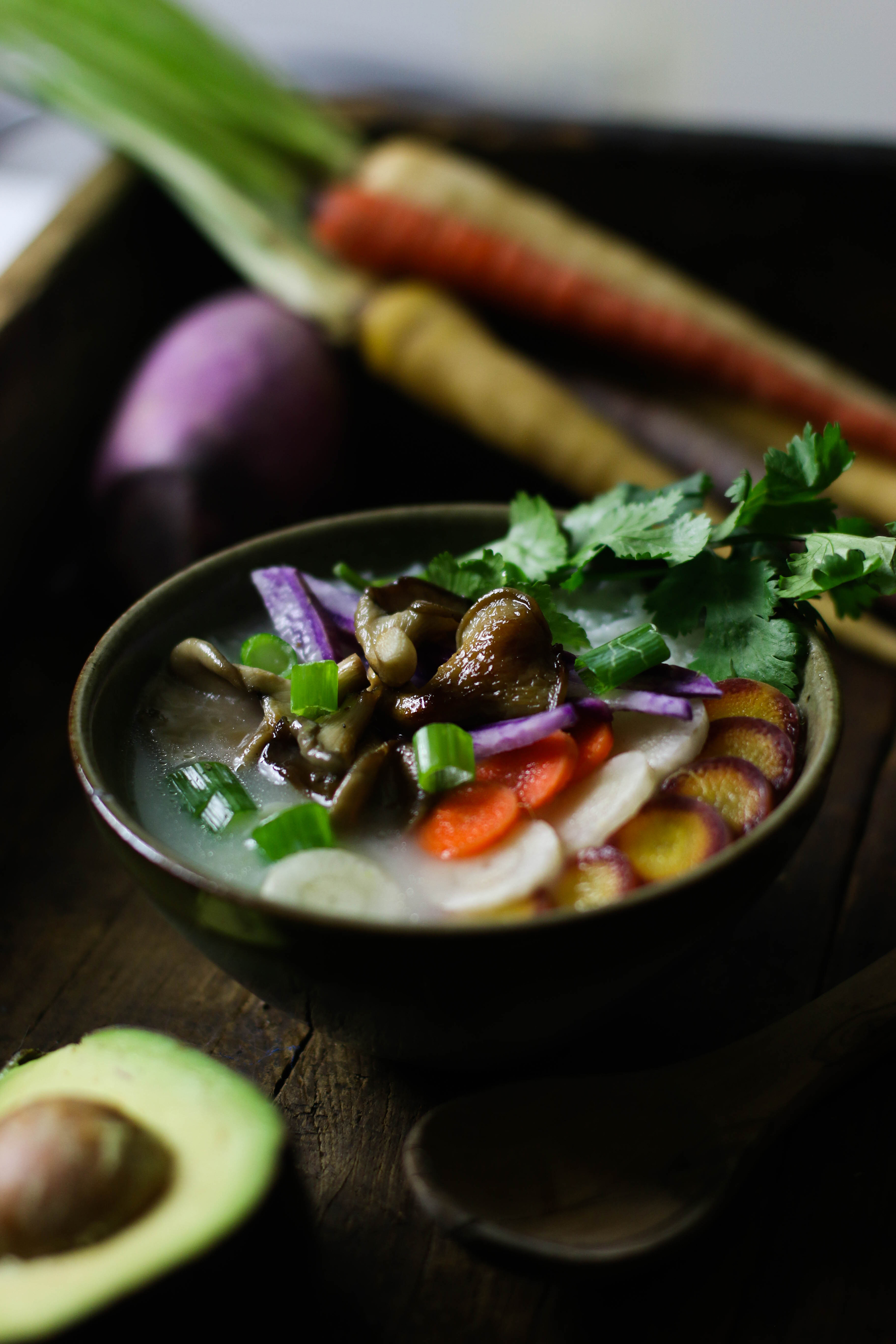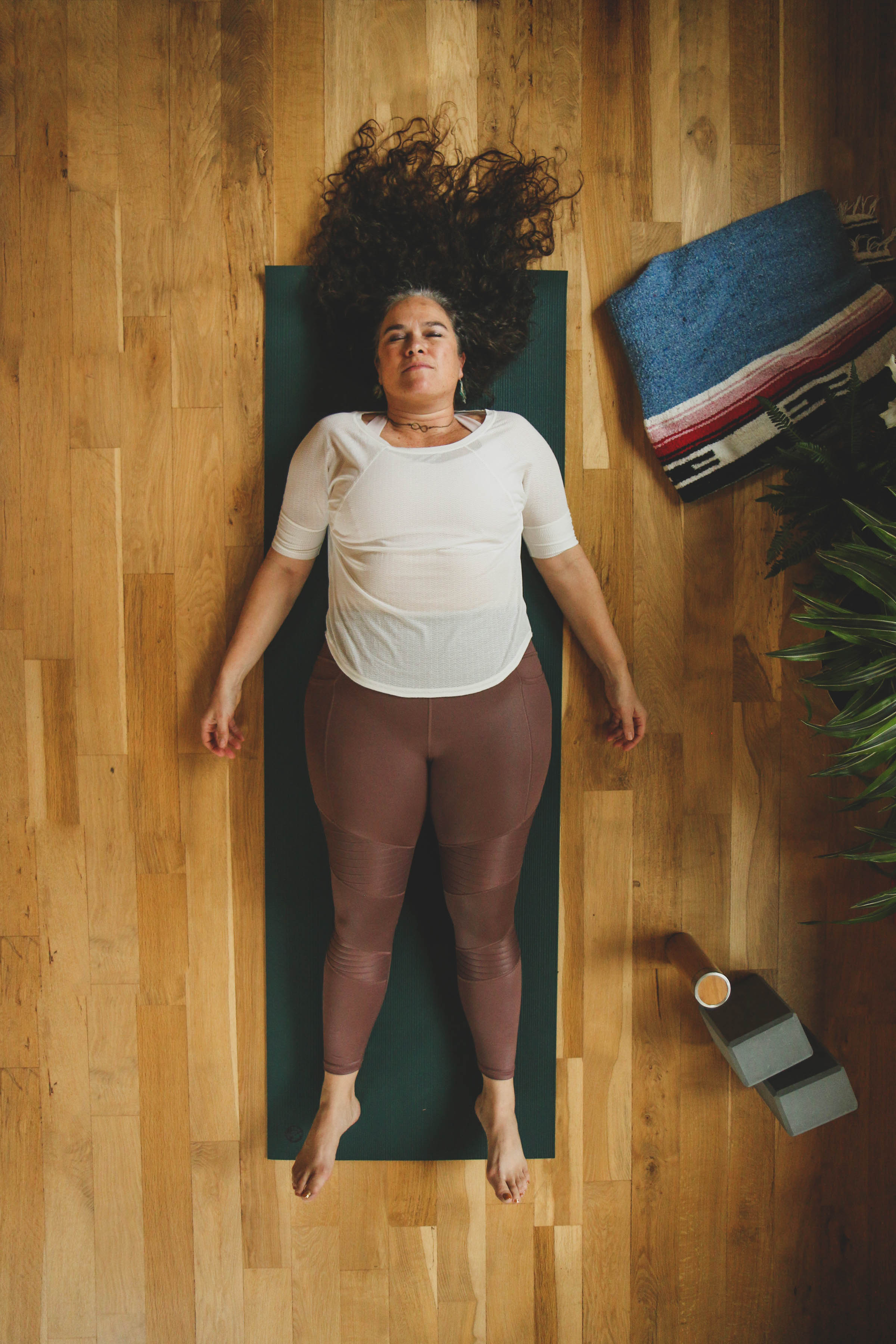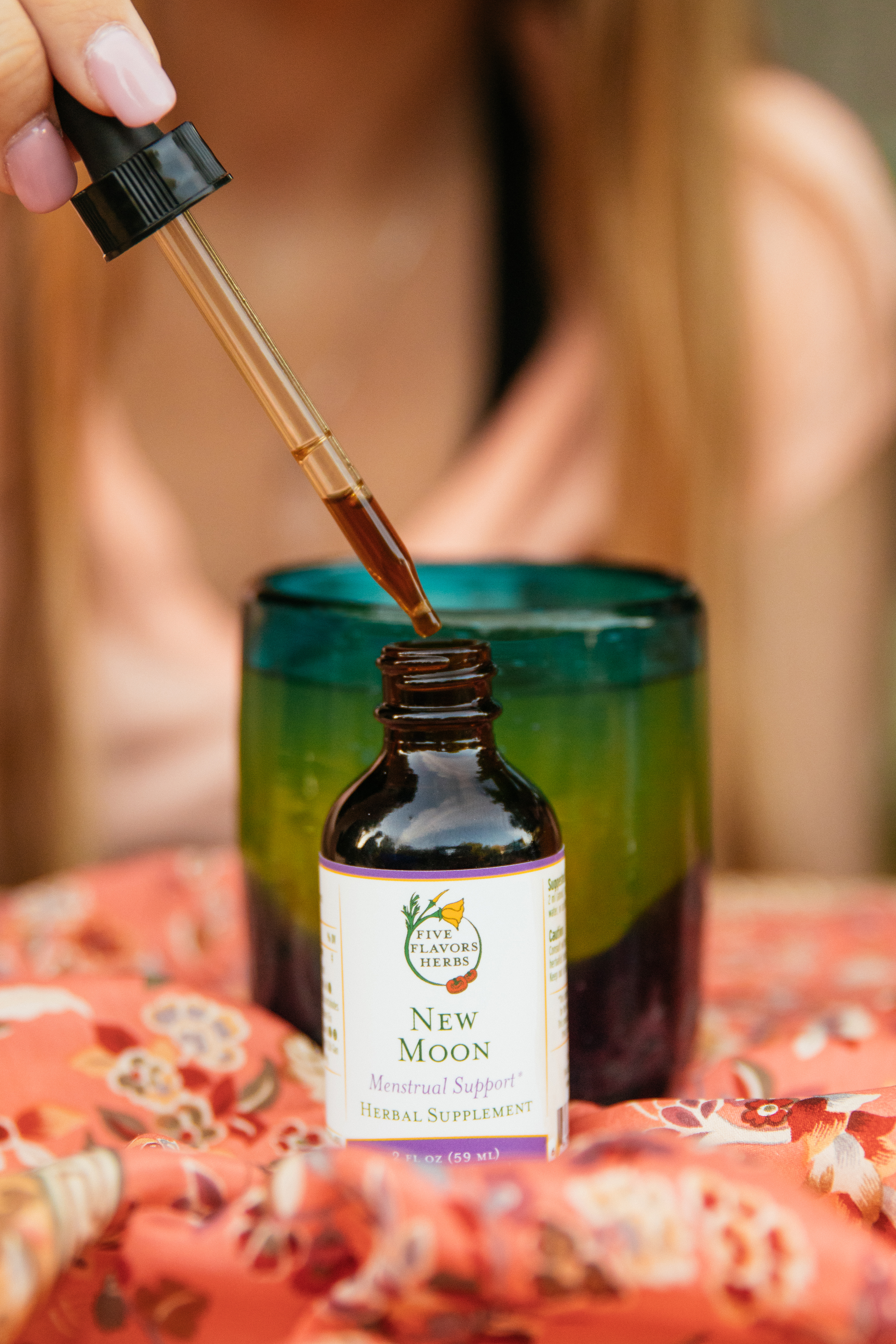Breasts. Boobs. Tits. Chest. Bust. Bosom. Upper body. October is Breast Cancer Awareness Month, a time to confront a disease that affects not only those assigned female at birth, but all humans with breast tissue. In this post I’m going to share my perspective as a cisgender woman herbalist and medical doctor who spends a lot of time advising my patients about screening for and reducing their risk factors for developing cancer. In the past year, I’ve found breast lumps that turned out to be cancer and I’ve supported my patients along the arduous path of biopsy, surgery, radiation, chemotherapy…and now, recovery (thanks to early detection and aggressive medical treatment). I’ve also seen hundreds of patients with normal exams, mammograms, ultrasounds, biopsies, and we’ve shared a sigh of relief that they remain cancer-free.
This article will focus on genetically female people with breast tissue, but recognize that for many transgender and nonbinary people, terms such as “chest” or “upper body” may feel more comfortable. I’m also going to name, but not delve into, the complexities involved in prevention, detection, and treatment for genetically male people, trans men without total mastectomies, and trans women who have taken exogenous estrogen—all of whom may be at risk of developing breast/chest cancer. The vast majority of the research available today was conducted on cis women, and that is my area of experience, but I’ll include some important resources for more education for other people below.
Breast Cancer Risk Factors and Epidemiology
Breast cancer is the most common cause of cancer death in women worldwide and second only to lung cancer in the United States [1]. According to the CDC, about 42,000 women and 500 men die of breast cancer each year, out of 255,000 new cases in women and 2,300 in men [2]. Overall, genetic females with breasts have 100 times the risk of developing breast cancer that males have. The average US woman has a 12.4% chance of developing breast cancer over the course of her lifetime. In other words, 1 in 8 women living in the US has a chance of developing breast cancer at some point.
Only 10% of breast cancers are associated with genetics and a family history, while other factors like age, breast density, body fat composition, reproductive factors, lifestyle factors, and environmental factors may play a role in modifying breast cancer risk.
When it comes to non-genetic risk factors for breast cancer, in general:
- Risk increases with age.
- Dense breast tissue may increase risk and/or make detection harder [3].
- High body fat composition may increase risk (especially after menopause) [4].
- Exposure to estrogen (endogenous or exogenous) can elevate risk.
- Early menarche or late menopause may signal higher risk.
- Those who become pregnant later in life or do not become pregnant may be at higher risk.
- Drinking alcohol and smoking tobacco increase risk.
- Exposure to ionizing radiation (i.e. undergoing radiation treatments for Hodgkin’s lymphoma, or surviving a nuclear accident) can increase risk.
- Black women are 42% more likely to die from breast cancer than white women.
- Transgender women undergoing estrogen therapy are at higher risk for breast cancer compared with other people assigned male at birth.
For those with a family history of breast and other reproductive cancers, getting to know your family’s history (especially first-degree relatives like your biological mother and sisters is super important! Did any of these people develop cancer at a young age? It is also helpful to ask your family members about other cancer syndromes, such as BRCA1/2, LI Fraumeni, or Cowden Syndrome, and/or about other reproductive and GI cancers like colon, ovarian, pancreatic, and prostate.
Breast Cancer Risk Reduction Strategies
Enough with the scary stuff! What can I do to reduce my risk of breast cancer?
For those with and those without a heightened genetic predisposition to breast cancer, lifestyle choices can help improve our chances of remaining cancer-free:
- Stay physically active [5].
- Avoid frequent alcohol and eliminate tobacco.
- Breast/chestfeed, if you can.
- Maintain a healthy body fat composition, especially after menopause.
- Eat a diet rich in whole grains, legumes, vegetables, healthy fats, and isoflavones (from soy and other legumes).
- Prioritize getting a good night’s sleep, and avoid night-shift work if you can [6].
- Avoid excessive plastics, animal products treated with hormones, and food grown with pesticides (which may be hormone-disruptors).
- Get appropriate screenings to catch abnormalities early.
Breast Cancer Screening Recommendations
(NOTE: Screening guidelines almost always apply to average-risk individuals. People at heightened risk of developing breast cancer may need to adopt different testing regimens in collaboration with their healthcare team.)
Multiple agencies and societies weigh in on breast cancer screening guidelines. In the US, we have the US Preventive Services Task Force (USPSTF), the American College of Gynecology (ACOG), the American College of Radiology (ACR), and the Society of Breast Imaging (SBI), each of which offers slightly different screening guidelines. The ACR and SBI recommend that around age 30, women undergo a breast cancer risk assessment using a validated tool, such as the Gail Model. These societies, along with ACOG, recommend starting annual screening mammograms at age 40 in average-risk women and continuing screenings yearly until at least 75 years old. The USPSTF, on the other hand, recommends every other year mammograms in average-risk women ages 50 to 75 [7]. I think the “right” thing to do is up to an individual and their physician, based on a personalized risk-benefit analysis.
TYPES OF BREAST CANCER SCREENINGS
Mammography is the most common screening test for breast cancer. Most radiology centers in the US now employ digital breast tomosynthesis (DBT), which uses a computer to compile multiple x-rays from different angles to form a 3-D picture of the breast. This technology has dramatically cut down on false positive results, though it does involve a slightly higher dose of radiation than simple digital mammography (0.44 mSv per session versus 0.34 mSv per session) [8]. For comparison, a chest x-ray causes about 0.1 mSV exposure, a CT of the abdomen/pelvis comes with 10 mSv, and a 10-hour airline flight will deliver about 0.03 mSv [9].
Ultrasound is often combined with mammography for dense breast tissue, which may hide small lumps and make breast cancer difficult to detect. Ultrasound is also the primary diagnostic tool for evaluating painful breast lumps in younger women, cases in which breast cancer is a less likely diagnosis than fibrocystic breasts.
Magnetic resonance imaging (MRI) is increasingly used to screen women at high risk or with a personal history of prior breast cancer. However, because MRI is very sensitive, these screenings sometimes detect breast masses that are not cancer, creating the potential for unnecessary biopsies.
Breast thermography is an alternative technology that uses a digital infrared camera to detect temperature differences in the breast. While this technology is low-risk (it does not create radiation exposure or require uncomfortable breast compression), it is not very sensitive or specific for detecting breast cancer [10] and is not endorsed by any major medical organization [11].
Clinical breast exams have been deemphasized by many physicians in favor of modern screening techniques like mammograms. However, some studies indicate that up to 45% of cancers are discovered on exam by a clinician [12], suggesting possible value in continuing this practice. I always ask my patients if they would like a breast exam during each annual check-up and each pap smear visit, and then we decide together how to proceed.
Breast self-exams are another screening method whose popularity has declined in recent years. Large studies have shown that the breast self-exam does not detect more cancer and may contribute to over-diagnosis of benign lumps, leading to more unnecessary testing [13]. That being said, knowing your body, its ebbs and flows (e.g., how breast tissue feels before and after menses), and its changing lumps and bumps, is never a bad idea. Having seen patients who came in for examination only when they had developed a large mass on their chest—leads me to think that self-awareness can promote early detection.
Integrative Approaches to Breast Cancer Treatment
A few decades ago, conventional treatments for cancer were really awful. Even today, many folks diagnosed with and treated for breast cancer suffer from side effects related to chemotherapy, radiation, and surgery. That being said, survivorship rates have steadily risen year after year, and it’s impossible for me to suggest that anyone with access to healthcare should choose an exclusively alternative route. Luckily, more and more physicians and oncologists recognize the value of integrative medicine during cancer therapy, and many acupuncturists, chiropractors, naturopathic doctors, nutritionists, and clinical herbalists have training in using herbs, food, and physical modalities to support patients in a collaborative fashion.
Acupuncture, tui na, moxibustion, chiropractic, reiki, and other physical treatments help promote physical comfort and upregulate the immune system without interfering with medications and other cancer treatments. Acupuncture is especially helpful for treatment-related symptoms in breast cancer, according to a meta-analysis of over 80 research studies.
Nutrition is of utmost importance during any illness, but cancer treatments may cause nausea or digestive discomfort. Eating a healthy diet with ample protein, fruits, and vegetables and healthy fats, and avoiding excessive sugars and refined carbohydrates, are keystones for thriving during cancer therapy. Bone broths, pureed soups, and nutrition-dense smoothies are reliable staples when other foods are intolerable. Two of my favorite cookbooks to share with patients are “The Living Kitchen” by Tamara Green and Sarah Grossman and "The Cancer Fighting Kitchen" by Rebecca Katz.
Movement has been found to benefit individuals diagnosed with breast cancer before, both during and after treatment [15]. Tai chi [16] and yoga [17] are two modalities extensively studied for improving various quality of life metrics in breast cancer. Spending time resting or moving while surrounded by nature, as with forest bathing/therapy (like the Japanese practice of shinrin-yoku) has been shown to benefit all body systems (including the nervous and immune systems, which are particularly taxed during cancer therapy) [18].
If you are undergoing treatment for breast cancer, please work closely with a qualified herbal practitioner and your oncologist. I do not recommend over-the-counter supplementation, especially when undergoing chemotherapy, due to the risk of herb-drug interactions.
Addressing Benign Lumps or Breast Pain
Painful and/or lumpy breasts are really common, but they can still be scary until cancer is ruled out. If you detect a new lump or painful area in your breast, get checked out by a qualified clinician. The evaluation method will depend on your age and risk factors for breast cancer, but it should involve a clinical breast exam followed by imaging (ultrasound and/or mammogram). If you find out that it is not cancer, phew! Now, let’s get to work with herbs, diet, and lifestyle changes to help you feel more comfortable in your body.
Fibrocystic breasts have excessive benign lumps that may or may not change with menstrual cycles or menopause. Cyclic mastalgia, on the other hand, refers to the tenderness and swelling that may precede the onset of menses. Conventional treatments for both conditions include avoiding caffeine and smoking, over-the-counter anti-inflammatories like ibuprofen, and hormone therapies such as combined oral contraceptives. An anti-inflammatory diet rich in fiber, leafy greens, beans, whole grains, and omega-3 fatty acids (especially flax seeds) is also likely to result in greater physical comfort.
Botanicals that can support breast comfort and regulate hormonal fluctuations prior to menses include:
- Xiao Yao San (Free and Easy Wanderer) and its variations are the most commonly prescribed herbal formulas in East Asia for premenstrual and menopausal complaints, including breast discomfort and mood swings.
- Chaste tree berry (Vitex agnus-castus) has been shown in studies to improve premenstrual breast pain. Proposed mechanisms include modulation of the hypothalamic-pituitary axis to increase progesterone, as well as inhibiting pituitary dopamine receptors to reduce the release of prolactin [19]. It is one of our go-to remedies for breast and menstrual health.
- New Moon Tincture is one of our signature formulas that combines Xiao Yao San and chaste tree berry. We recommend taking this formula from ovulation to menses to support breast comfort.
- Dong quai (Angelica sinensis) is a chief herb in TCM for many gynecologic complaints. In addition to its reputation for regulating hormones, in TCM, it “moves Blood” and thus helps with localized discomfort.
- Red clover (Trifolium praetense) is high in isoflavones, not unlike its distant relative, the soybean. Isoflavones may modulate estrogen uptake in breast tissue and also exert anti-inflammatory and antioxidant effects [20].
- “Hepatic” herbs support the liver’s natural ability to break down endogenous hormones. These include burdock root (Arctium lappa), dandelion root (Taraxacum officinale), milk thistle seed (Silybum marianum), and turmeric (Curcuma longa).
- “Lymphatic” herbs such as red root (Ceanothus americanus), cleavers (Gallium aparine), and figwort (Scrophularia californica and spp) may alleviate swelling and congestion in the chest region, especially when combined with massage.
- Poke root oil (Phytolacca americanus)—for topical use only, poke has traditionally been used to dissolve swelling and alleviate local discomfort.
For more information about botanicals to support women’s health, I strongly recommend the textbooks “Botanical Medicine for Women’s Health” by Aviva Romm, MD and “Herbal Formularies for Health Professionals Vol 3: Endocrinology” by Jillian Stansbury, ND.
For more information related LGBTQ and non binary breast/chest health, here are some great online resources:
- Breast Health for the LGBTQ Community
- Forcibly Displaced People Network
- It’s Time Breast Cancer Awareness Got More Inclusive
MORE INTEGRATIVE SUPPORT:
WOMEN'S HEALTH REMEDIES FROM TRADITIONAL CHINESE MEDICINE
You might also enjoy:
- Yoga & Herbs for Managing Stress
- Bedtime Routine Tips & Natural Sleep Aids
- 3 Drink Recipes with Medicinal Mushrooms
Written by Ingrid Bauer, MD, MS: With experience that bridges Western and Eastern medicine, Ingrid Bauer brings rigorous scientific knowledge to Five Flavors Herbs. A graduate of the UC Berkeley/UCSF Joint Medical Program and the American School of Herbalism in Santa Cruz, CA, Ingrid integrates plant-based medicine into mainstream healthcare. She is passionate about bringing holistic care to people from all walks of life. Her master’s research focused on Latino health beliefs and traditional medicine at a bilingual clinic in Oakland, CA, and she teaches workshops about herbal medicine at conferences and schools.
REFERENCES
[1] https://www.cdc.gov/cancer/dcpc/research/update-o...
[2] https://www.cdc.gov/cancer/breast/basic_info/inde...
[3] K Kerlikowske et al. Longitudinal Measurement of Clinical Mammographic Breast Density to
Improve Estimation of Breast Cancer Risk, JNCI: Journal of the National Cancer Institute, Volume
99, Issue 5, 7 March 2007, Pages 386–395.
[4] Neuhouser ML, Aragaki AK, Prentice RL, et al. Overweight, Obesity, and Postmenopausal Invasive
Breast Cancer Risk: A Secondary Analysis of the Women’s Health Initiative Randomized Clinical Trials.
JAMA Oncol. 2015;1(5):611–621. doi:10.1001/jamaoncol.2015.1546
[5] Pizot C, Boniol M, Mullie P, Koechlin A, Boniol M, Boyle P, Autier P. Physical activity, hormone
replacement therapy and breast cancer risk: A meta-analysis of prospective studies. Eur J Cancer. 2016
Jan; 52:138-54. doi: 10.1016/j.ejca.2015.10.063. Epub 2015 Dec 11. PMID: 26687833.
[6] Eva S. Schernhammer, Susan E. Hankinson, Urinary Melatonin Levels and Breast Cancer Risk, JNCI:
Journal of the National Cancer Institute, Volume 97, Issue 14, 20 July 2005, Pages 1084–1087,
https://doi.org/10.1093/jnci/dji190
[7] https://www.uspreventiveservicestaskforce.org/usps...
[8] https://www.jmirs.org/article/S1939-8654(20)30261...
[9] https://www.cancer.org/treatment/understanding-yo...
[10] Moskowitz M, Milbrath J, Gartside P, Zermeno A, Mandel D. Lack of efficacy of thermography as a
screening tool for minimal and stage I breast cancer. N Engl J Med. 1976 Jul 29;295(5):249-52. doi:
10.1056/NEJM197607292950504. PMID: 934189.
[11] https://www.fda.gov/consumers/consumer-updates/br...
[12] Barton MB, Harris R, Fletcher SW. Does This Patient Have Breast Cancer? The Screening Clinical
Breast Examination: Should It Be Done? How? JAMA. 1999;282(13):1270–1280.
doi:10.1001/jama.282.13.1270
[13] Baxter N; Canadian Task Force on Preventive Health Care. Preventive health care, 2001 update:
should women be routinely taught breast self-examination to screen for breast cancer?. CMAJ.
2001;164(13):1837-1846.
[14] Jang S, Ko Y, Sasaki Y, et al. Acupuncture as an adjuvant therapy for management of treatment-related
symptoms in breast cancer patients: Systematic review and meta-analysis (PRISMA-compliant). Medicine
(Baltimore). 2020;99(50):e21820. doi:10.1097/MD.0000000000021820
[15] Sanft T, Harrigan M, Cartmel B, Ferrucci LM, Li FY, McGowan C, Zupa M, Nguyen TH, Ligibel J,
Neuhouser ML, Hershman DL, Basen-Engquist K, Jones B, Knobf T, Chagpar A, Silber A, Irwin ML. Effect
of healthy diet and exercise on chemotherapy completion rate in women with breast cancer: The Lifestyle,
Exercise and Nutrition Early after Diagnosis (LEANer) study: Study protocol for a randomized clinical trial.
Contemp Clin Trials. 2021 Jul 16;109:106508. doi: 10.1016/j.cct.2021.106508. Epub ahead of print.
PMID: 34274495.
[16] Luo XC, Liu J, Fu J, et al. Effect of Tai Chi Chuan in Breast Cancer Patients: A Systematic Review and
Meta-Analysis. Front Oncol. 2020;10:607. Published 2020 Apr 23. doi:10.3389/fonc.2020.00607
[17] Cramer H, Lauche R, Klose P, Lange S, Langhorst J, Dobos GJ. Yoga for improving health-related
quality of life, mental health and cancer-related symptoms in women diagnosed with breast cancer.
Cochrane Database Syst Rev. 2017;1(1):CD010802. Published 2017 Jan 3.
doi:10.1002/14651858.CD010802.pub2
[18] Stier-Jarmer M, Throner V, Kirschneck M, Immich G, Frisch D, Schuh A. The Psychological and
Physical Effects of Forests on Human Health: A Systematic Review of Systematic Reviews and
Meta-Analyses. Int J Environ Res Public Health. 2021;18(4):1770. Published 2021 Feb 11.
doi:10.3390/ijerph18041770.
[19] Niazi A, Rahimi VB, Hatami H, et al. Effective Medicinal Plants in the Treatment of the Cyclic Mastalgia
(Breast Pain): A Review. J Pharmacopuncture. 2019;22(3):131-139. doi:10.3831/KPI.2019.22.017
[20] Mohsen A, Fatemeh K, Leila N, Mona P, Mohammad Z, Mozafar K. Pharmacological and therapeutic
properties of the Red Clover (Trifolium pratense L.): an overview of the new finding. J Tradit Chin Med.
2021 Aug;41(4):642-649. doi: 10.19852/j.cnki.jtcm.20210324.001. PMID: 34392659.




